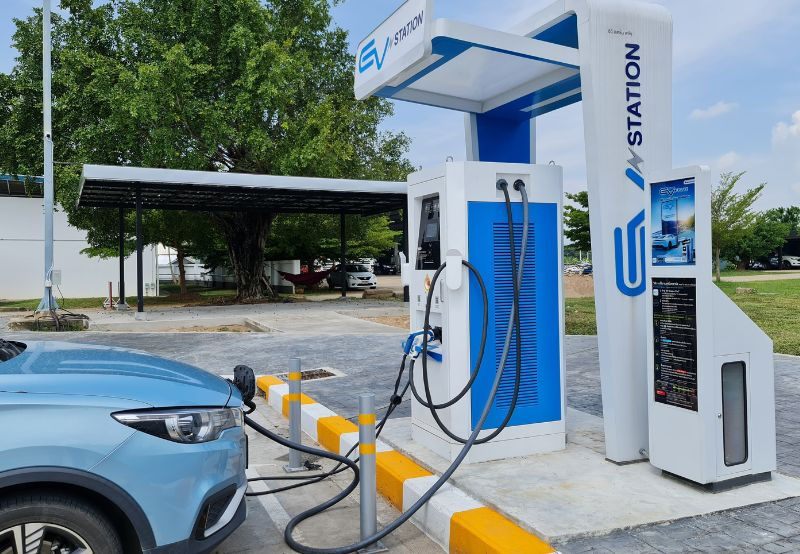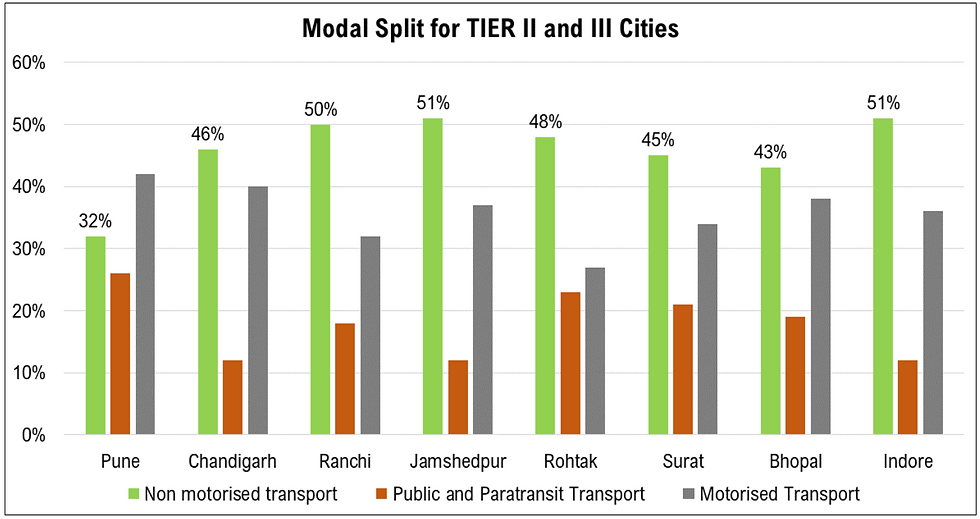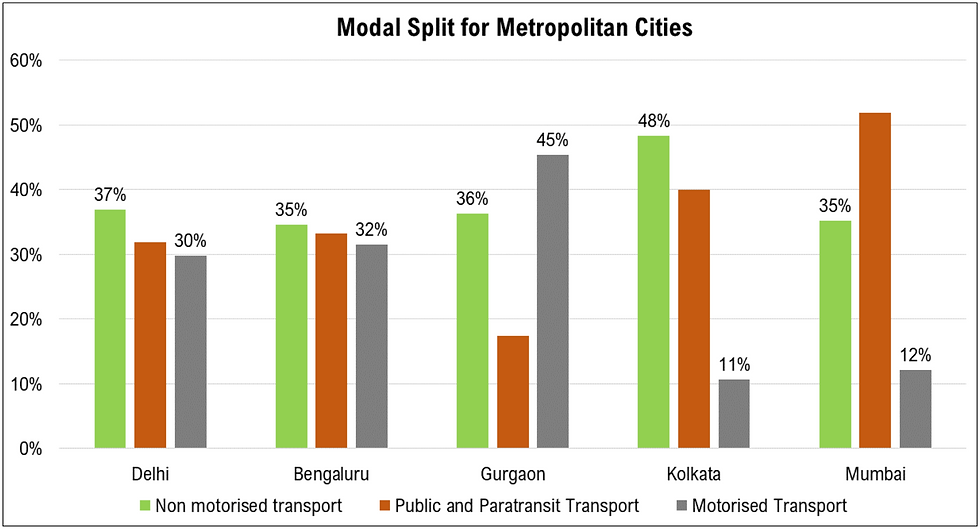Charging Ahead With Greener Wheels
- ravjyot
- Aug 21, 2023
- 2 min read
Updated: Jul 18
The Indian government's push for green transportation through the PM-eBus Sewa plan is set to transform urban mobility. With 10,000 e-buses and NMT promotion, the initiative aims to reduce emissions and enhance sustainable transit options. While demand for greener alternatives is rising in smaller cities, challenges like limited charging infrastructure and lack of awareness remain. Can this push towards green mobility revolutionise urban transport across the country?

The Indian government has given a push to green transportation with the PM-eBus Sewa plan, which will introduce 10,000 e-buses to 169 cities and improve green urban mobility initiatives across 181 cities. The buses will be provided through a PPP model, prioritising cities without organised bus services.
The plan calls for 50 to 150 buses depending on population (e.g., 50 buses for cities with a population of less than 5 lakh). Cities that scrap old buses will receive additional new ones. Additionally, non-motorised transport (NMT) will also be provided to help the public transport system in these cities.
Green mobility promotes the use of sustainable transportation modes, that is, modes that are economical and environmentally friendly. The transport sector accounts for around 20% of global carbon emissions and is set to grow further in the future. India’s transportation sector accounts for 15% of the country’s total greenhouse gas emissions. Therefore, a shift to green mobility options seems to be a step in the right direction.
The demand for greener modes is on the rise in non-metro areas, surpassing that of metro areas. It is reported that non-metros are experiencing increased demand for EVs as compared to metros.
Also, individuals in smaller cities rely more on NMTs to commute, with NMT trips accounting for 50% and 51% of total trips in Ranchi and Indore, respectively. In contrast, larger cities like Delhi and Mumbai only have NMT trips making up 37% and 35% of total trips.


Even though the smaller cities are witnessing higher penetration of the EV market, they still suffer from the lack of robust charging infrastructure and limited awareness about the pros and cons of switching to EVs. In the case of NMT and public transport, the availability of infrastructure is the greatest challenge.
To transition to green mobility in smaller cities, integration with current transportation systems, augmenting the current infrastructure, improving accessibility, local innovation, and other supportive policies are equally important for success.
Do you or does your city use any green modes of transport to move?
Yes
No
Comments